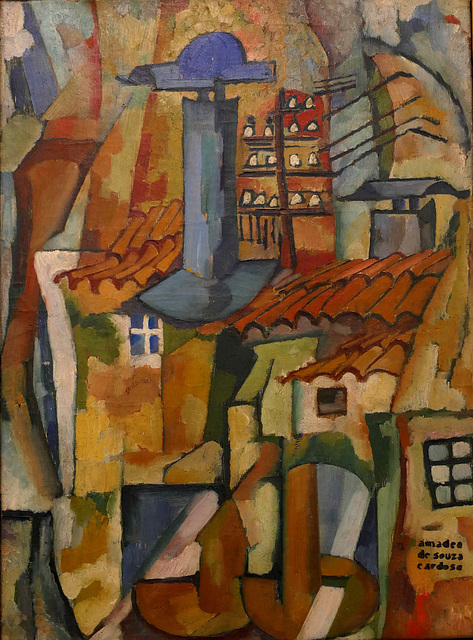Amarante - Museu Municipal Amadeo de Souza-Cardoso
Amarante - Museu Municipal Amadeo de Souza-Cardoso
Amarante - Museu Municipal Amadeo de Souza-Cardoso
Amarante - Museu Municipal Amadeo de Souza-Cardoso
Amarante - Museu Municipal Amadeo de Souza-Cardoso
Amarante - Museu Municipal Amadeo de Souza-Cardoso
Amarante - Museu Municipal Amadeo de Souza-Cardoso
Amarante - Igreja e Convento de São Gonçalo
Amarante - Igreja e Convento de São Gonçalo
Amarante - Ponte de São Gonçalo
Travanca - São Salvador
Travanca - São Salvador
Travanca - São Salvador
Travanca - São Salvador
Travanca - São Salvador
Travanca - São Salvador
Travanca - São Salvador
Travanca - São Salvador
Travanca - São Salvador
Travanca - São Salvador
Travanca - São Salvador
Location
Keywords
Authorizations, license
-
Visible by: Everyone -
All rights reserved
-
10 visits
Amarante - Museu Municipal Amadeo de Souza-Cardoso


The settlement of Amarante became famous through the work of St. Gonçalo de Amarante (also known as São Gonçalo, 1187-1259). The Dominican friar settled here after his pilgrimages to Jerusalem and Rome. He was instrumental in the development of the region, with many local structures attributed to his efforts, including the construction of the stone bridge across the Tâmega River. Following his death, Amarante became the destination of pilgrimages and grew substantially.
In the 16th century, D. João III ordered the construction of the São Gonçalo monastery above the chapel where, according to tradition, São Gonçalo lived and was buried.
The "Museu Municipal Amadeo de Souza-Cardoso" is housed in part of the Convento de São Gonçalo.
Amadeo de Souza-Cardoso (1887 - 1918) was a pioneer of modern Portuguese painting. He lived in Paris for some time and made the acquaintance of Amedeo Modigliani, Juan Gris, Pablo Picasso, Constantin Brâncuși, Alexander Archipenko, Sonia and Robert Delaunay. He also became aware of Expressionism, and the art of Die Brücke and Der Blaue Reiter gave him important impulses.
In Barcelona, he met the Antoni Gaudí and married his niece Lúcia Peretto. He died of the Spanish flu in 1918.
Watermills, c. 1915
In the 16th century, D. João III ordered the construction of the São Gonçalo monastery above the chapel where, according to tradition, São Gonçalo lived and was buried.
The "Museu Municipal Amadeo de Souza-Cardoso" is housed in part of the Convento de São Gonçalo.
Amadeo de Souza-Cardoso (1887 - 1918) was a pioneer of modern Portuguese painting. He lived in Paris for some time and made the acquaintance of Amedeo Modigliani, Juan Gris, Pablo Picasso, Constantin Brâncuși, Alexander Archipenko, Sonia and Robert Delaunay. He also became aware of Expressionism, and the art of Die Brücke and Der Blaue Reiter gave him important impulses.
In Barcelona, he met the Antoni Gaudí and married his niece Lúcia Peretto. He died of the Spanish flu in 1918.
Watermills, c. 1915
- Keyboard shortcuts:
Jump to top
RSS feed- Latest comments - Subscribe to the comment feeds of this photo
- ipernity © 2007-2024
- Help & Contact
|
Club news
|
About ipernity
|
History |
ipernity Club & Prices |
Guide of good conduct
Donate | Group guidelines | Privacy policy | Terms of use | Statutes | In memoria -
Facebook
Twitter

Sign-in to write a comment.